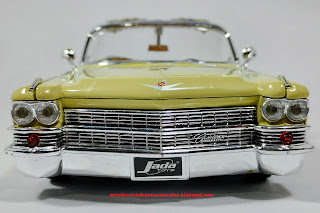La versión Grand Sport por su parte, proviene de un proyecto de Zora Arkus-Duntov, ingeniero en jefe del Corvette, preocupado por lo que Ford estaba haciendo con el Shelby Cobra. En 1962 inició un programa para producir una versión aligerada del modelo C2 basada en un prototipo del nuevo Corvette 1963. El programa de Duntov planeaba la fabricación de 125 unidades del Corvette Grand Sport, con el fin de hacerlos elegibles para las carreras internacionales de Gran Turismo de la FIA, pero cuando los altos ejecutivos de General Motors se enteraron del proyecto secreto de Duntov, el programa fue detenido y solamente fueron construidas cinco unidades, mismos que han sobrevivido hasta el presente y forman parte de colecciones privadas. Este desarrollo en particular, se encuentra entre los más codiciados y cotizados modelos de Corvette jamás construidos.
Los cinco coches participaron en pruebas importantes como Daytona y Sebring, siendo conducidos por afamados pilotos de esos tiempos, tales como Roger Penske, Jim Hall, Dick Thompson y Don Yenko entre otros. Dick Thompson fue el primer piloto en ganar una carrera en el Grand Sport, ganando en 1963 la carrera en Watkins para autos deportivos de la SCCA con el Grand Sport 004.
El Corvette Grand Sport fue utilizado en competición desde 1963 hasta 1965 y empleó diferentes motores, pero el motor de fábrica más utilizado fue el de 377 plg³ (6,2 L), el cual utilizaba un bloque pequeño y estaba construido totalmente en aluminio, alimentado por cuatro carburadores Weber, entregando 550 HP (558 CV; 410 kW) a las 6400 rpm. Los paneles de la carrocería y puertas se hicieron de fibra de vidrio para reducir el peso y el chasis se construyó a base de tubos de acero ligero. También se hicieron 50000 réplicas de 290 HP (294 CV; 216 kW).
El Corvette Grand Sport de 1963 fue creado con materiales ligeros y la potencia de un V8 de bloque pequeño de 377 plg³ (6,2 L). Se crearon cinco prototipos, los cuales todavía existen.



























































